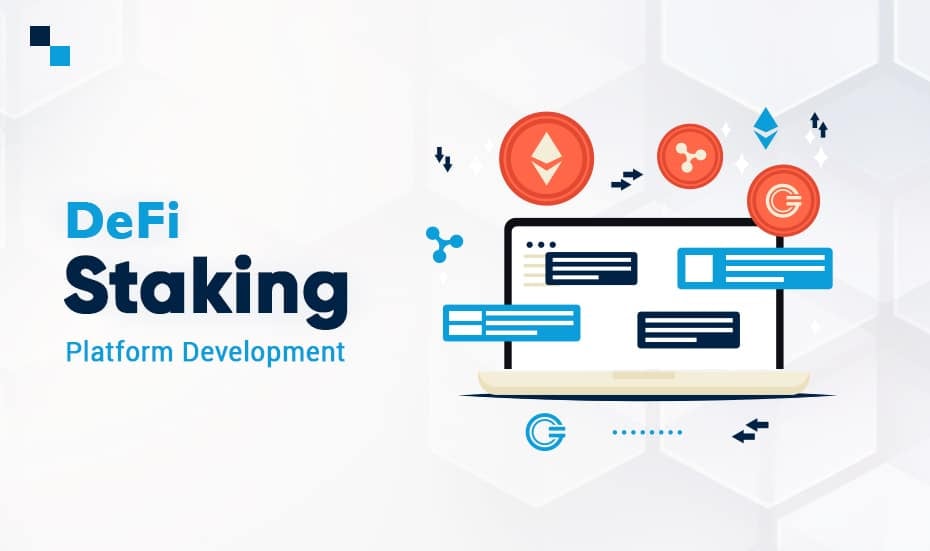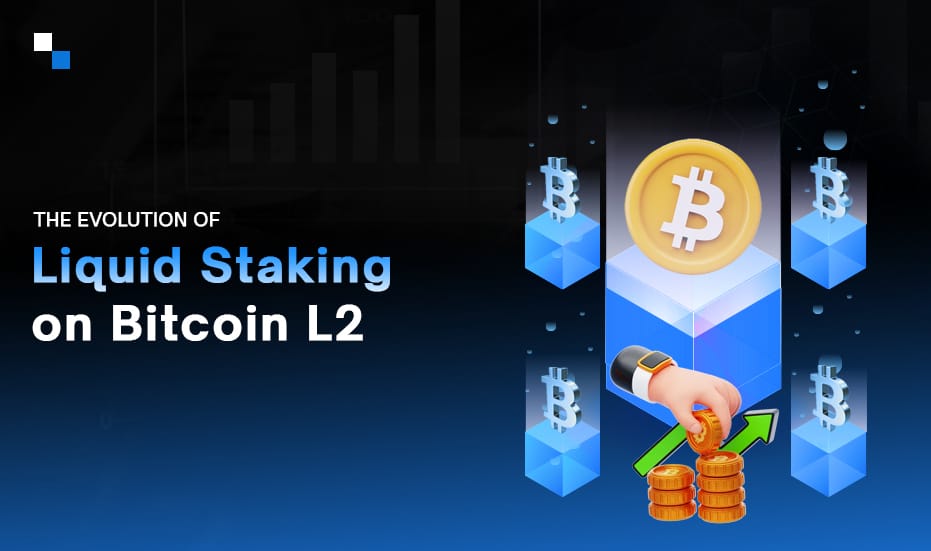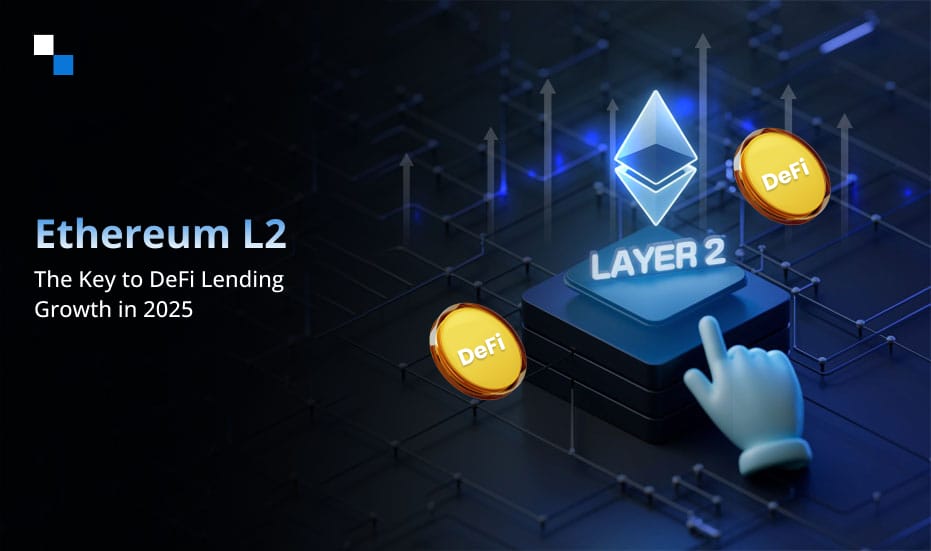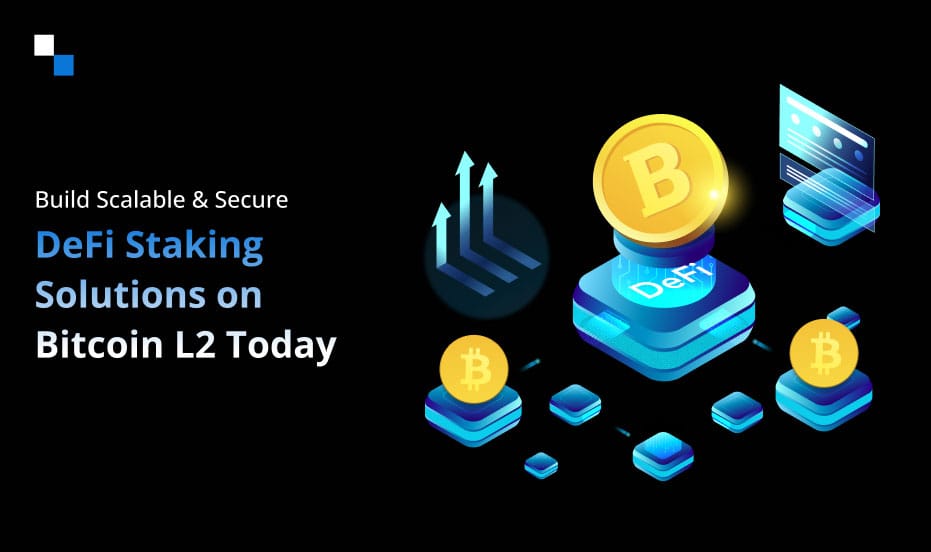
Embracing the Future: The Case for Developing a DeFi Exchange Over a Centralized Exchange
November 18, 2020
Reasons to Launch a Crypto Friendly Banking Platform
November 19, 2020Undoubtedly, 2020 was a year of Decentralized Finance (DeFi). The total value locked (TVL) in DeFi protocols exploded and within 11 months the TVL shot up by 1964%. As the evolution of DeFi continues, it is changing the way people interact with money. Additionally, it offers lucrative money-making opportunities like DeFi staking. What makes DeFi staking even more interesting is that both – stakers and DeFi staking platform owners benefit from it.
Before we go into the details, let us first understand staking in DeFi. First things first, the users can lock up their crypto assets and earn easy passive income. Secondly, staking gives users an opportunity to participate in the governance model of the protocol. As everything is controlled via smart contracts, security is not at all a challenge in the DeFi staking space.
Given the above-mentioned advantages, the users are swarming towards DeFi staking platforms. Thus, operating a DeFi staking platform comes across as a wonderful business opportunity in the current times. However, to develop DeFi staking platform and make it cut through the competitive clutter can prove to be a challenging task. Why should one venture into this space?
DeFi staking offers lots of benefits to the platform owners. These include:
- Higher Liquidity
- The staking platforms can act as a crypto bank and conduct lending and borrowing activities
- Revenue from stakers and crypto networks
How does DeFi Staking Work?
As a DeFi staking platform owner, you can choose to get a customized staking platform. You go for a single token or dual token model.
1) Single Token model
In a single token setup, the platform will offer staking and rewards using the same token. That means if a user stakes token XYZ, he will receive the rewards as XYZ token only.
2) Dual Token model
In a single token setup, the DeFi staking platform offers staking and rewards using different tokens. That means if a user stakes the native token ABC, he will receive the rewards in XYZ token.
In staking, the tokens are locked in a smart contract. When the stake is locked, the user can vote to approve transactions. This contract defines the terms between the staker and the blockchain network. This process is becoming widely popular because it requires lesser computational power as compared to the PoW. Every network has its own set of staking rules that are executed using an algorithm. Some of the general rules are:
- The staker must agree that he will validate only the valid transactions on the network. To state an example, they must not approve double-spent transactions.
- For earning the staking reward from the network, the staker must trade his transaction validation capacity. These are called staking rewards.
- For approving any illegal transaction, the stakers may lose their entire stake.
- Stake size and levels of transaction validation
The stakers are very important to attain the consensus. However, the DeFi staking platform development services need to make sure the reward distribution and rules are programmed into the platform.
Share Your Needs for a No-Obligation Quote
[widget id=”custom_html-3″]
How are DeFi Staking rewards calculated?
Generally, the staking rewards are generated based on the below parameters:
- Number of assets staked in the platform
- Number of assets staked by the staker
- Total Staking Duration
- Current Inflation rate
- Network Issuance Rate
DeFi Staking Platform Development
Robust reward management is a crucial part of DeFi staking platform development. We, at Antier Solutions develop staking platforms powered by blockchains in a customized manner. In addition to that, we bring our years of expertise in the blockchain space to deliver feature-rich staking platforms that help our clients disrupt the marketplace.
Connect with our subject matter experts to share your needs for DeFi staking platform development.



